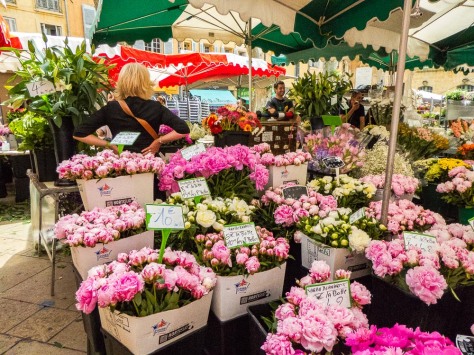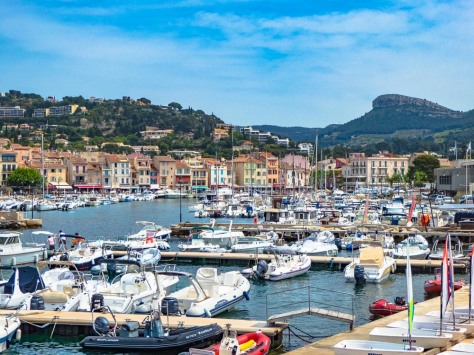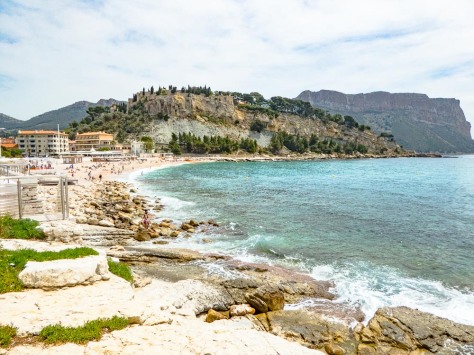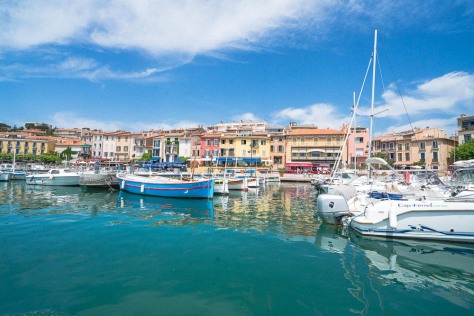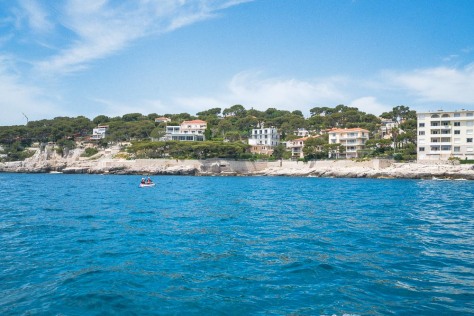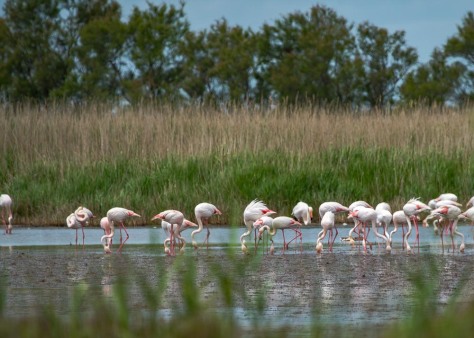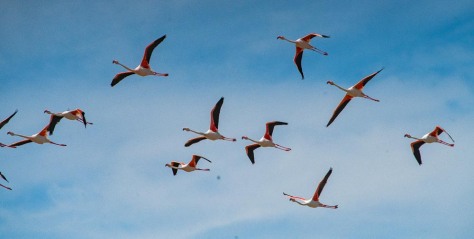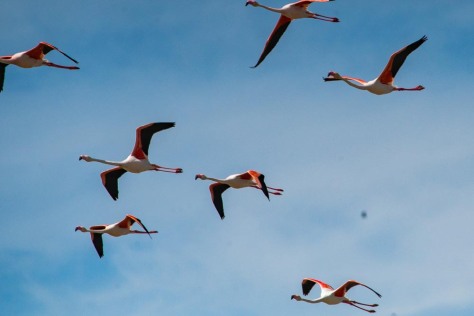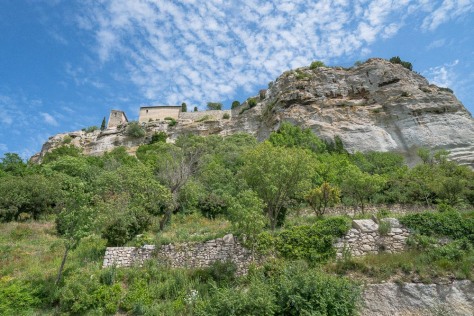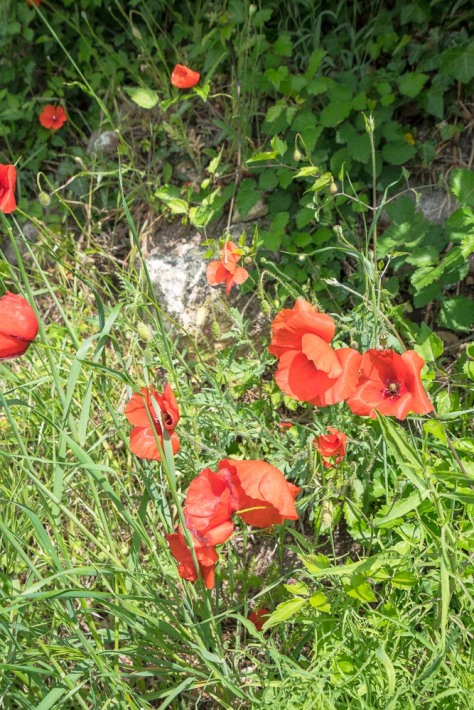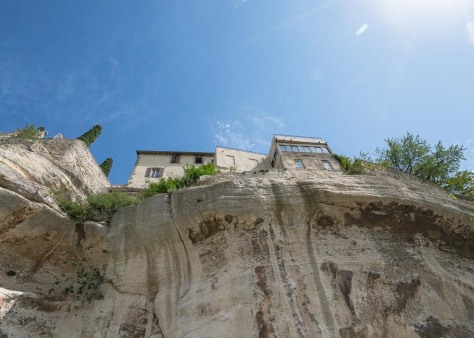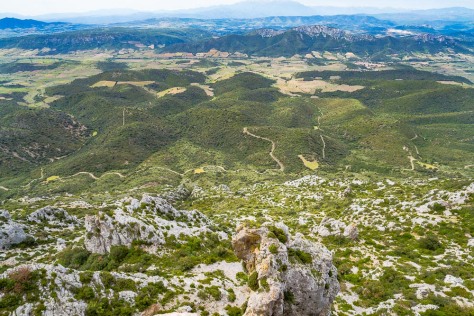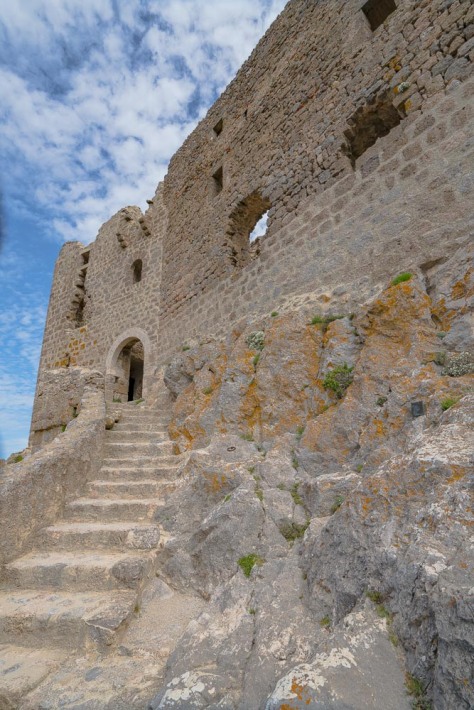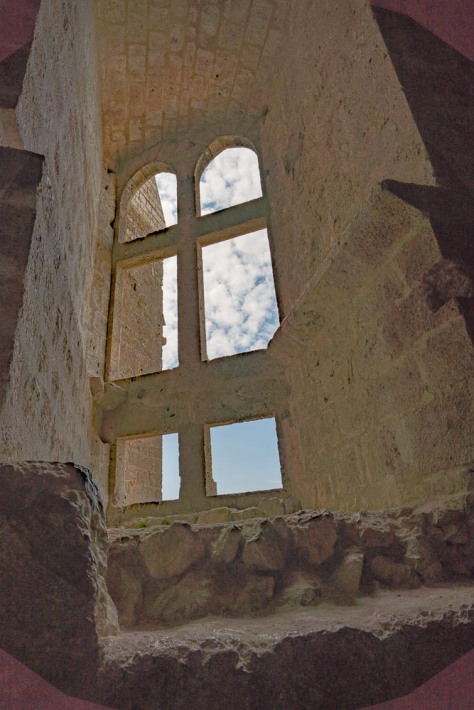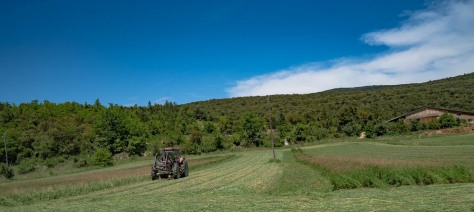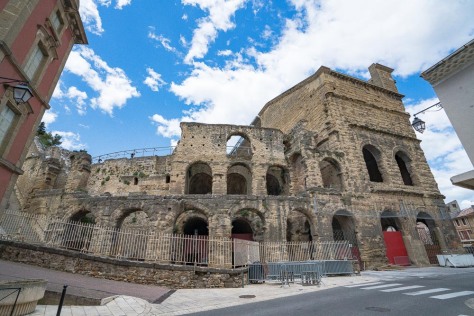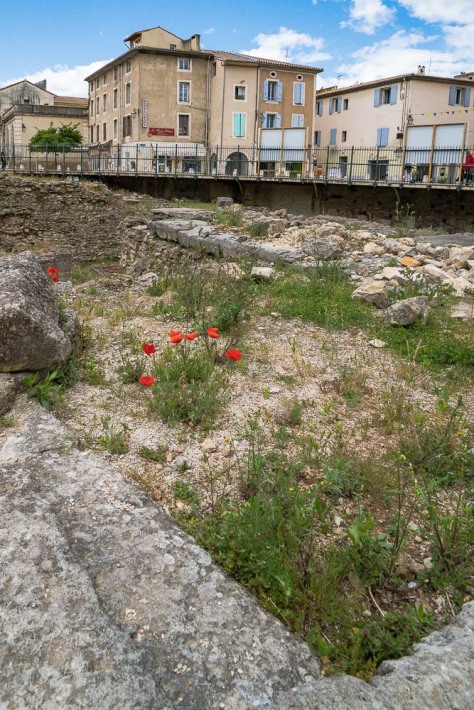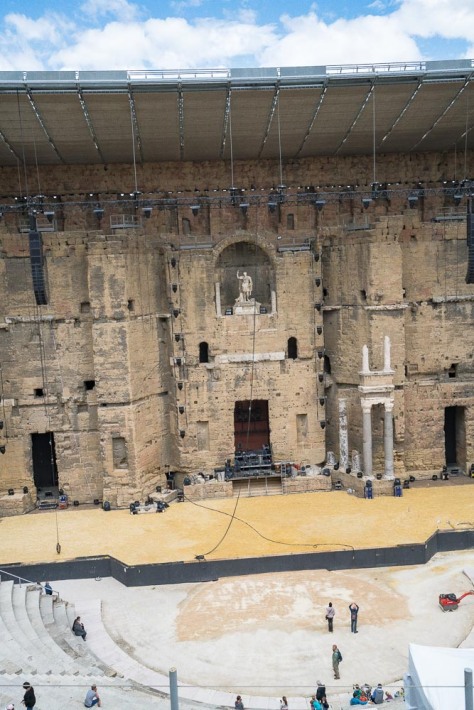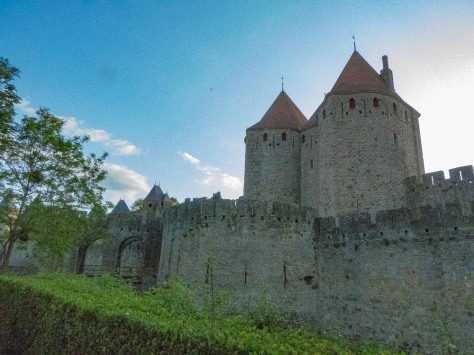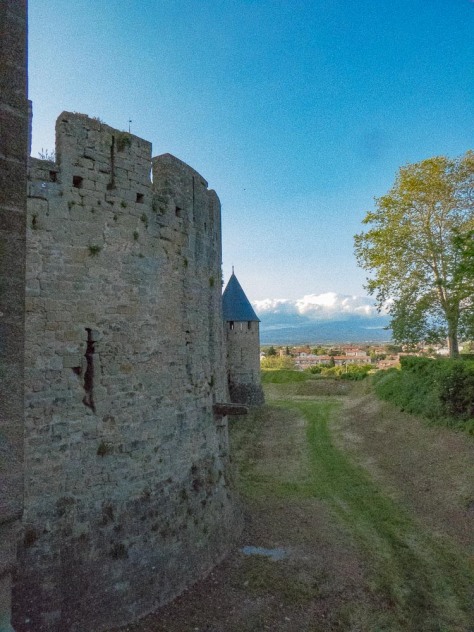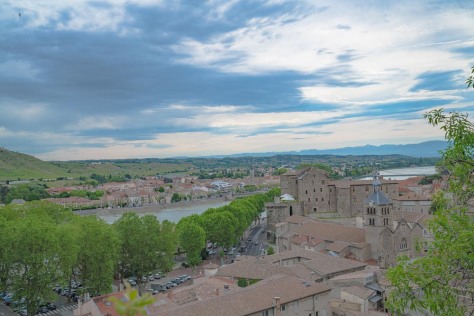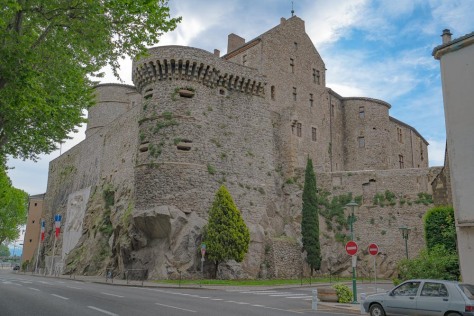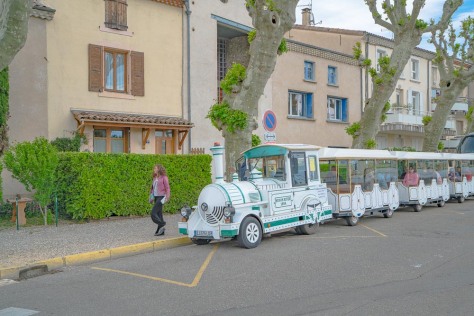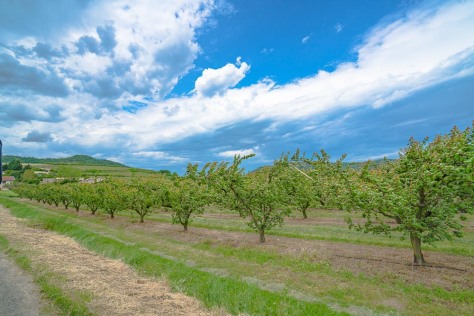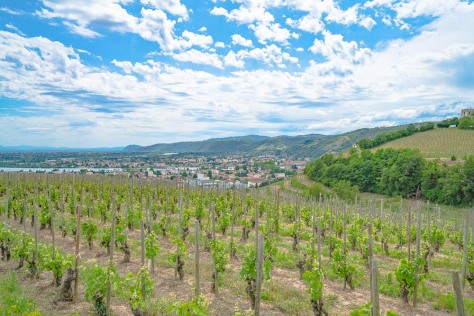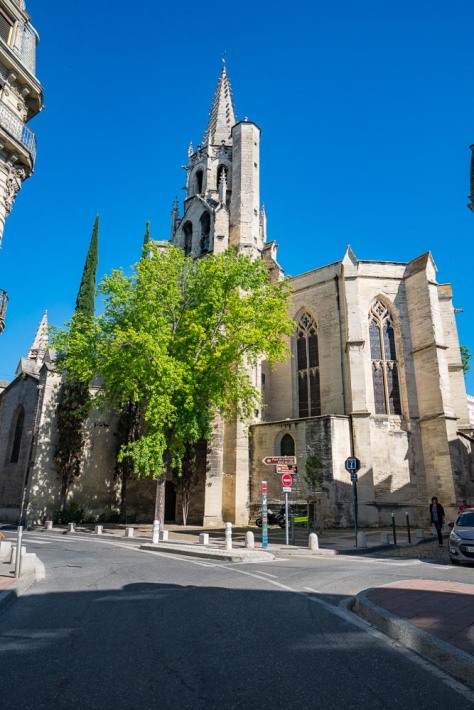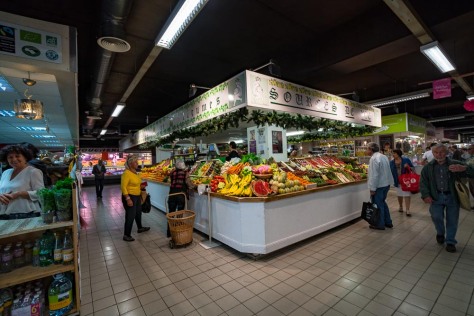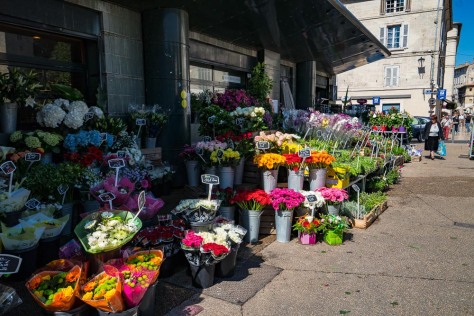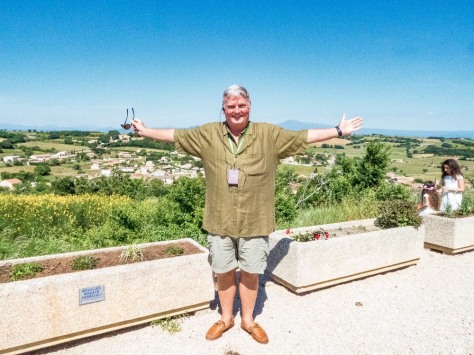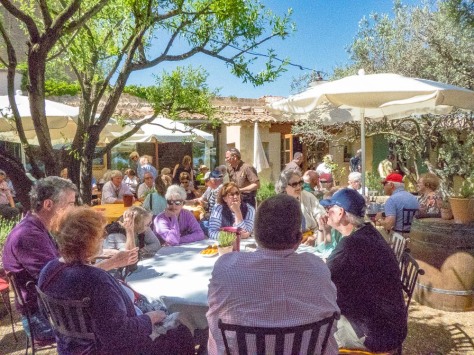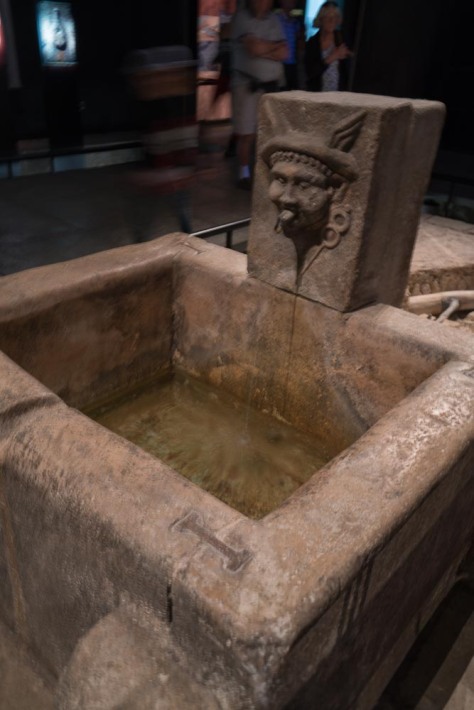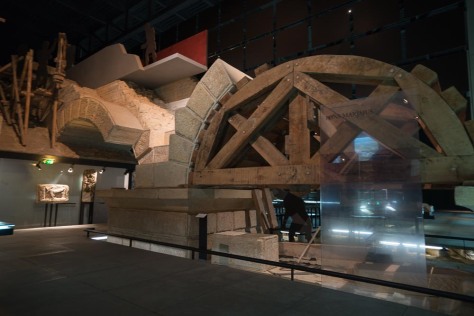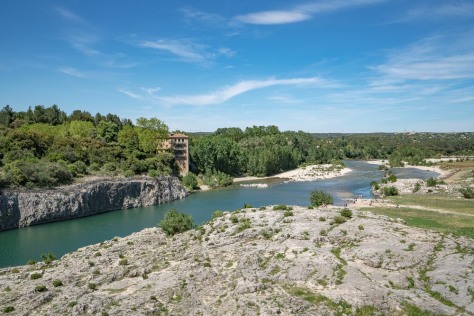May 31, 2016: Today, we left our comfy hotel in Aix en Provence, and traveled by bus to the Luberon region of Provence. The Luberon portion of Provence is located inland and north of where we had been staying in Aix. The terrain gets more mountainous with the local range of mountains known as les Alpilles. Peter Mayle wrote extensively about this region in his many books on Provence, and we are looking forward to seeing many of those villages (and sampling all the local foods).

It’s easy to see why this area would have such a rich gastronomic tradition; from our bus window, we see cherry trees filled with ripening fruit, apricot trees, oak trees with acorns, wheat fields, olives, and vineyards. As if that weren’t charming enough, the fields are filled with poppies, the yellow Scotch broom is riotous, and almost every hilltop is crowned with a medieval chateau or fort.



Our first stop of the day is for photos in a field outside the town of Lourmarin (which is reputed to be the secret new home of Peter Mayles). I love it when the first activity of the day is taking pictures! We waded into the wheat, and mugged for the camera, with the town’s backdrop arrayed behind us.


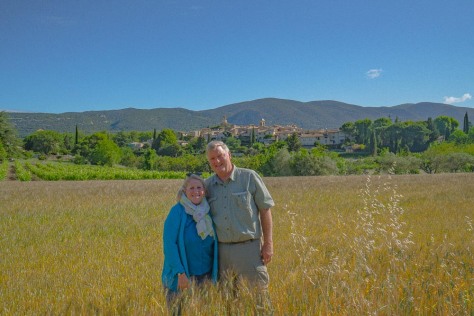


We then traveled to the hill town of Gordes for market day, where we picked up supplies for a picnic in a field back near Lourmarin.

Each couple had a shopping assignment in the market (complete with a mini French lesson about how to buy it. Jim and I were tasked with buying pickled garlic cloves, which the locals eat like olives. I quickly transacted our business, and then Jim dragged me off to view the wares of the sausage and cheese vendors. Saucisson, anyone?! Since another couple was tasked with actually buying the sausages for our picnic, arguably we had no need of more saucisson, particularly since we were still carrying two sausages from our picnic in in Giverny! However, Jim couldn’t resist, and we also bought some killer truffle cheese and a great Comte. Rumor had it that our abode for the evening boasted really spectacular patios, and as there were likely not to be many choices for dinner, in the unlikely situation that anyone was hungry for dinner after the planned epic picnic feast, we could have a picnic dinner on the patio. The town of Gordes itself was beautiful, and on market day, with all the vendors selling their colorful and flavorful Provençal products, it’s amazing we made it back to the bus. But we had a picnic to consume!




After gorging ourselves on all the treats from the market, we piled back on the bus for a relatively short drive to the town of Bonnieux, where we hiked up to the top of town and took many (probably too many) photos.





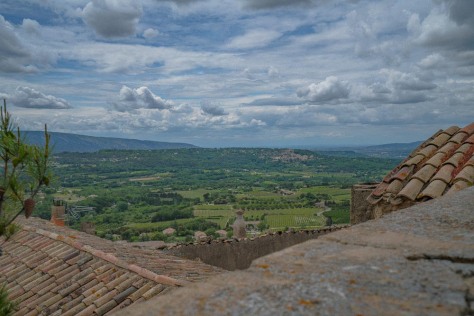
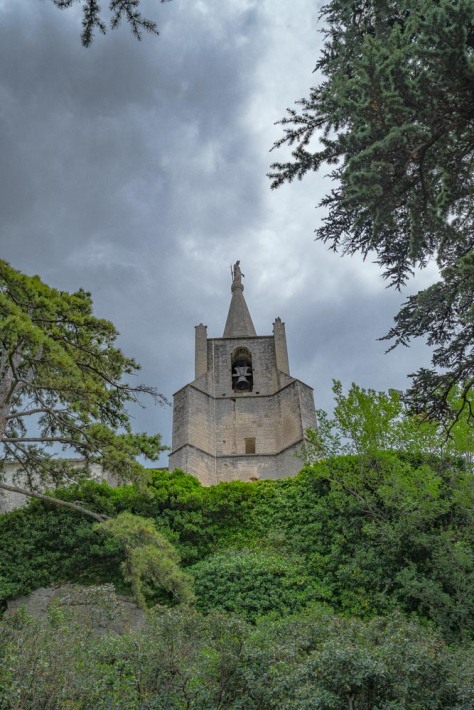






The stop and the walk were both welcome after our lunch, but it was getting late in the afternoon and rain clouds were closing in. As we were driving, we just happened to pass a Roman bridge, Pont de Julien.
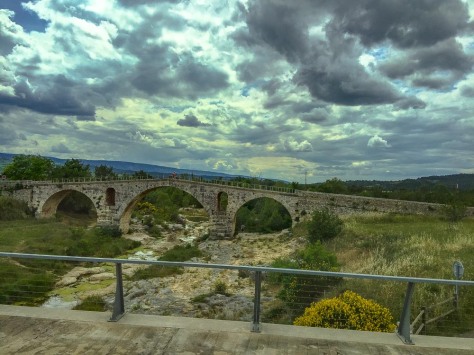
So it was off to our hotel- Le Phebus and Spa in Joucas. Wow! Jim and I had a lovely room looking across the Luberon valley at the town of Roussillon with its fabled red cliffs. The best part of the room was the large private patio, though.


 We walked into the tiny town of Joucas to see dinner options, and check out the art installations of a couple of local artists. Right outside the grounds of our hotel was a windmill (moulin), and there were flowers in bloom everywhere!
We walked into the tiny town of Joucas to see dinner options, and check out the art installations of a couple of local artists. Right outside the grounds of our hotel was a windmill (moulin), and there were flowers in bloom everywhere!





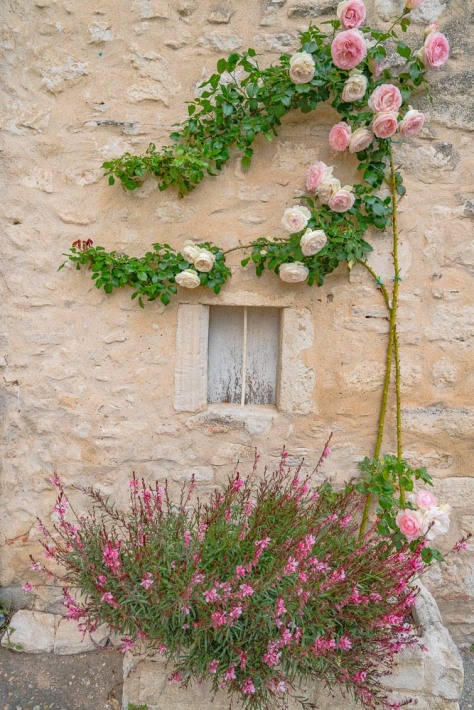

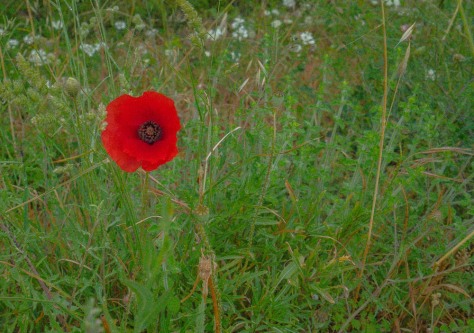

However, we had picked up enough provisions for dinner on our patio with our friends, Liz & Scott. We still had some of the wine we had bought in Limoux and Cassis, so we drank the wines of Provence and ate saucisson, cheese, bread, figs and cherries, while we watched a rain storm and a rainbow march across the Luberon valley. Another perfect day in Provence!












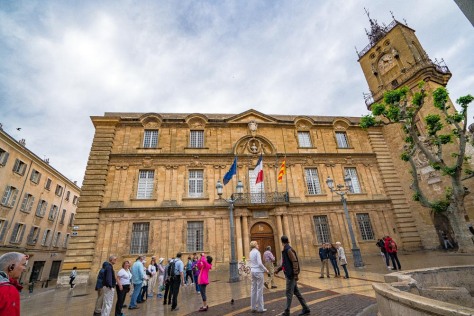



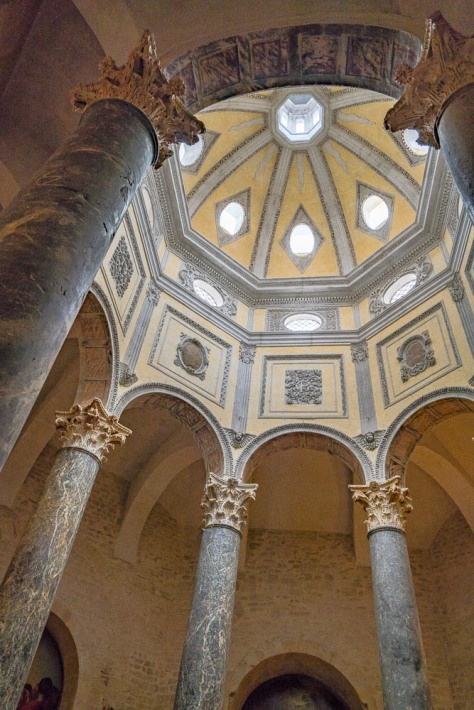







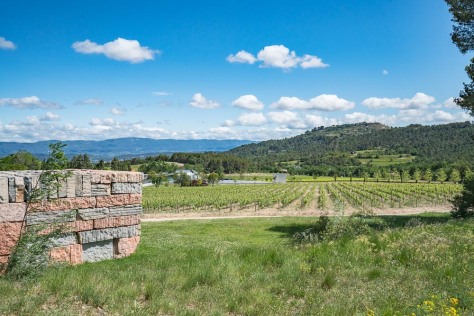



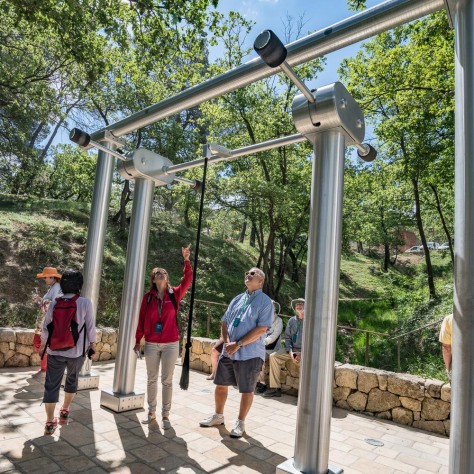













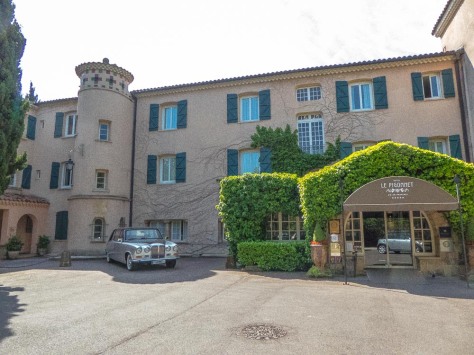

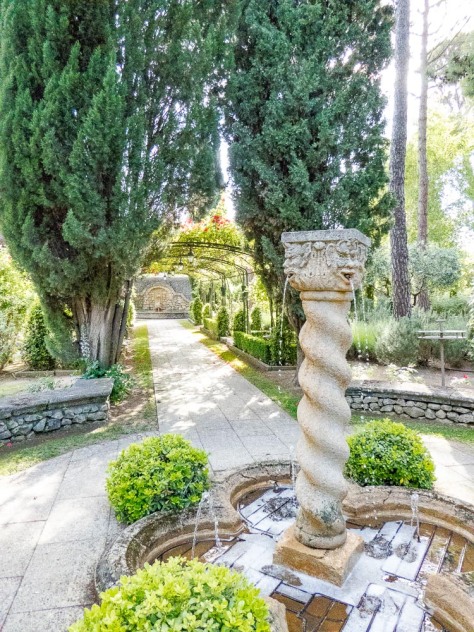

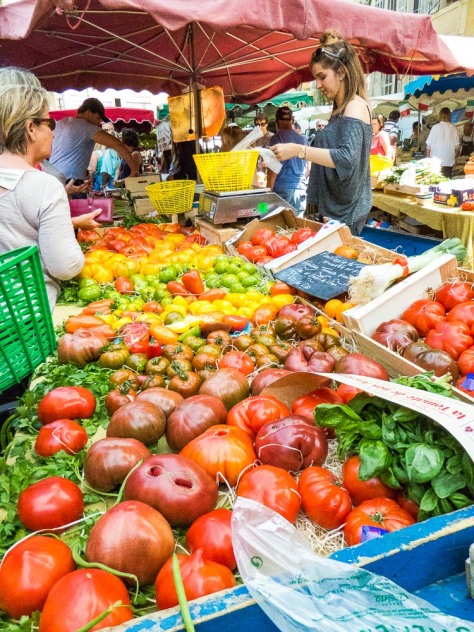
 Then its off to the flower market. The peonies are blooming now and they are luscious. I thought about buying some for our hotel room, but decided we only had three day left to enjoy them here. Finally, Jim endured a visit to the hand crafts and clothing market., where I bought some more herbs du Provence and tea towels to bring home in yummy colors. After that, I had to reward him for his good patience, so we had lunch at a cafe on one of the squares, and then returned to the hotel.
Then its off to the flower market. The peonies are blooming now and they are luscious. I thought about buying some for our hotel room, but decided we only had three day left to enjoy them here. Finally, Jim endured a visit to the hand crafts and clothing market., where I bought some more herbs du Provence and tea towels to bring home in yummy colors. After that, I had to reward him for his good patience, so we had lunch at a cafe on one of the squares, and then returned to the hotel.


